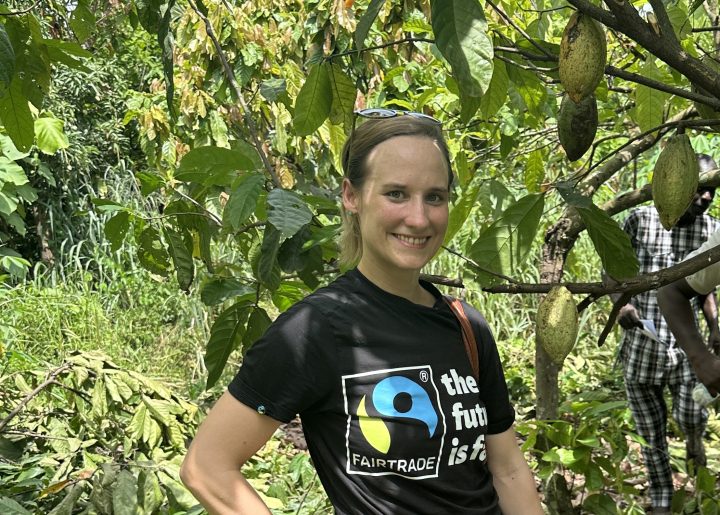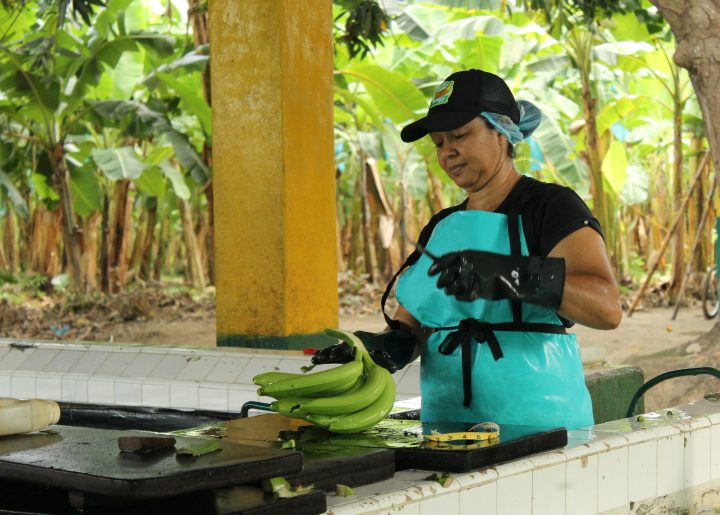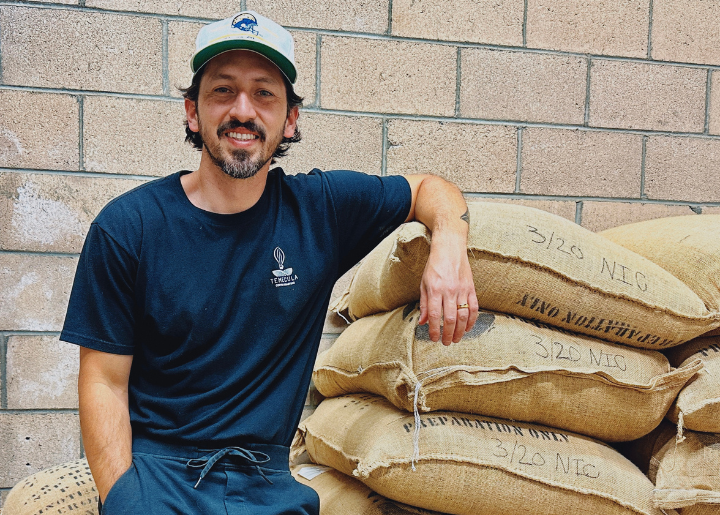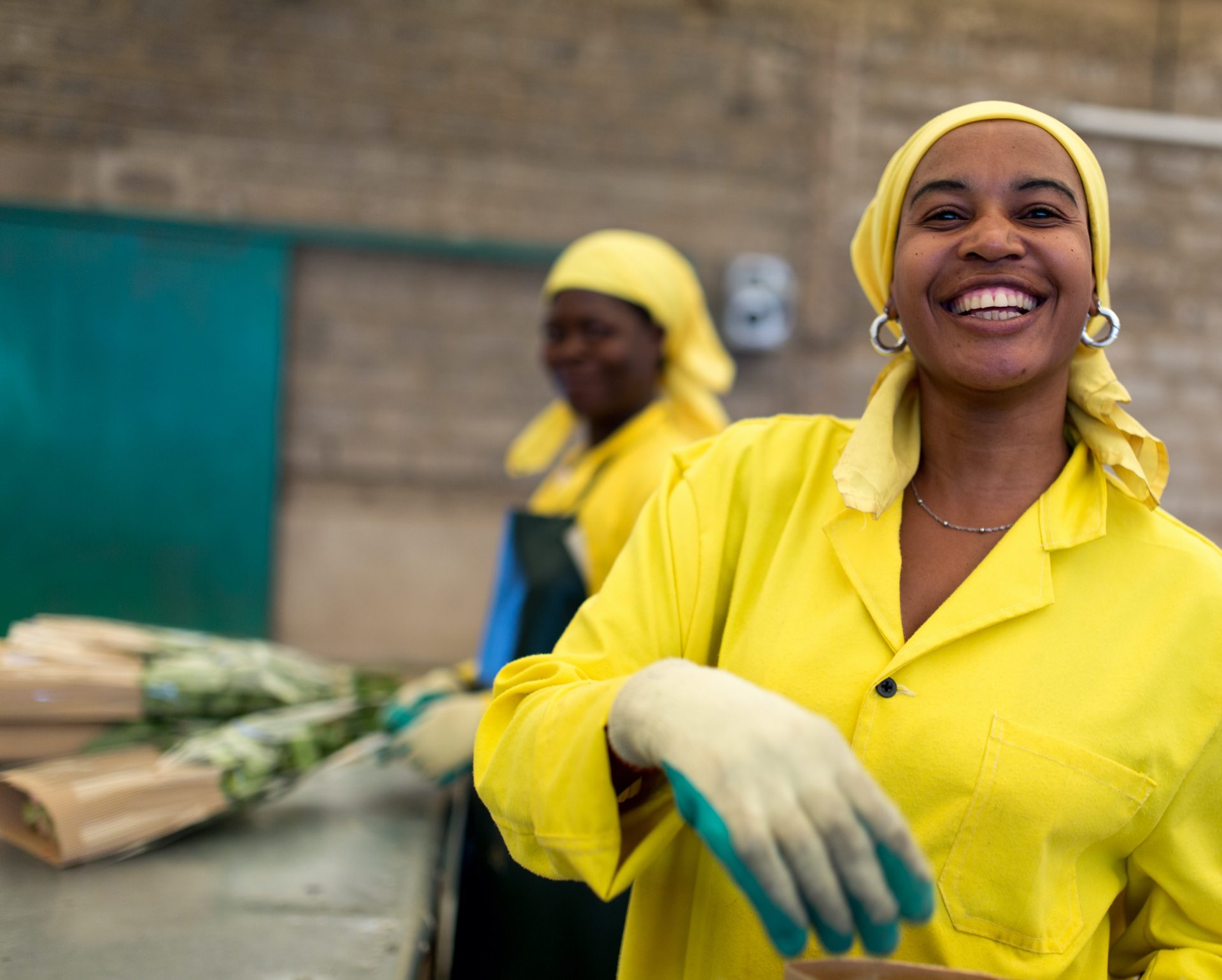One hundred years on – will we finally bring an end to child labor?
In 2019 the International Labor Organization (ILO) is celebrating its 100th year. From the beginning, protecting children from labor exploitation has been a core part of ILO’s work.
While progress has been made since 1919, 152 million children are still in child labor. Of these, 70 percent are working in agriculture.
How can this be?
There are no shortage of commitments. In the Sustainable Development Goals, the international community has committed to eliminating child labor by 2025. The UK, Australia, France and the Netherlands have passed legislation requiring companies to address child labor in their supply chains. Other countries plan to follow suit.
So how can we turn these commitments into tangible results?
The causes of child labor are multi-faceted. The major factor, however, remains economic. As long as families are not able to earn a decent living from their crops, and youth lack decent employment opportunities, the SDG target will remain difficult to achieve.
Fairtrade works to enable farmers and workers to earn a decent living. Our standards have always strictly prohibited child labor and forced labor. But over time we realized that standards and auditing alone would not solve this deeply rooted problem.
Ten years ago, we began to adapt our approach. In 2009 we became the first certification program to implement a rights-based approach to child labor elimination, ensuring that child protection is a key outcome. We spoke to thousands of children and young people in Fairtrade producer communities about their views and needs. And we collaborated with NGOs, child rights organizations, academic institutions, businesses and governments to seek solutions that would bring together all actors in the supply chain.
Looking back over these ten years, four key lessons stand out:
Ending child labor on farms is not enough.
The theme for this year’s World Day against Child Labor is “Children shouldn’t work in fields, but on dreams”. This is certainly a valid call. But we also need to look beyond the fields. During a recent workshop in the Philippines, a young daughter of a sugar cane farmer shared that “gender-based violence is everywhere in my community”. Children in and around Fairtrade farming communities tell us that they have experienced abuse in their homes, villages, and schools. We cannot tackle child labor in agriculture without addressing the wider causes of abuse and violence against children and young people.
Fairtrade’s approach encompasses the whole community where the farmers, workers and their families live. Hence the name: Youth Inclusive Community Based Monitoring and Remediation (YICBMR) on Child Labor.
Young people and their communities must be at the heart of any solution.
In our youth inclusive approach, children and youth identify risks to their well-being, map where they feel safe and unsafe, including reasons for these and together with adults from the community, design preventive projects to enhance children’s well-being and development.
“Fairtrade’s YICBMR approach really reveals the many potential causes of child rights violations in the communities and empowers the community to make decisions to address them,” says Franklina Tweneboah Koduah, a Young Leader at a cocoa cooperative in Ghana. “It has made community members more open to share their experience rather than trying to be on the defensive and cover up child labor and other violation cases.”
Producer organizations in more than ten countries have piloted this approach, engaging local community members, schools and district level governments to address not only child labor, but forced labor and gender-based violence issues. After the workshop in the Philippines, a sugar cane cooperative there has embraced the YICBMR approach, aiming to stop gender-based violence in their communities. A sugar cooperative in Fiji has also recently chosen to apply the method to address both child labor and forced adult labor, recognizing that these unacceptable labor practices are linked, particularly in countries with severe labor shortages. Producer organizations in Belize and India, among others, continue to implement the YICBMR approach to address protection risk issues.
We must work with governments to ensure children’s long-term safety.
If child labor is detected on Fairtrade farms or plantations, our first priority is to act to protect the children and vulnerable individuals affected. Fairtrade producer organizations have reported hundreds of cases of child labor, human trafficking and gender-based violence.
Severe cases are reported confidentially to governments for follow up. This has led to long-standing human traffickers being arrested and impacted children being able to make a fresh start. But unfortunately, this is not always the case.
Our experience has shown that even if the children are removed from the place of work, they aren’t always safe. They may return to the same work or choose illicit and hidden ways of earning money to survive. Children from single-parent households often take on multiple domestic chores, or care for siblings or grandparents instead. As one 16-year-old boy told us, “I was working and making some money so I could support my schooling. My parents cannot afford to buy me books or shoes. Now I am still working – caring for the chicken and goats at home, but making no money and cannot go to school.”
Fairtrade is talking to the ILO, governments, and supply chain actors to support youth innovation projects in agriculture for 16 to 18 year olds withdrawn from hazardous labor. Such projects would enable us to understand what alternative income generation projects are most suitable for them.
Everyone in the supply chain needs to collaborate.
In addition to our collaboration with NGOs and governments, we connect companies with producers, to invest directly in mitigating child labor in the communities from which they purchase Fairtrade commodities. The voluntary best practice section of Fairtrade’s Trader Standard also encourages this. This has brought some positive partnerships and results – now more companies need to follow suit.
We can all play a part here. All of us have the power to make change through our purchasing choices. Creating more demand for sustainable and ethically produced products will push companies to do better, as will advocacy and regulations.
Children and young people, no matter where they are, dream of a life free from violence and abuse. This dream is meant to be a basic human right. Let’s not wait another century, or even another decade, to make it a reality.
Topics
We’re in this together
Fairtrade America partners with brands on the journey to certification and beyond. We can help with everything from finding a certified supply chain to marketing your newly certified product.
Get in Touch



